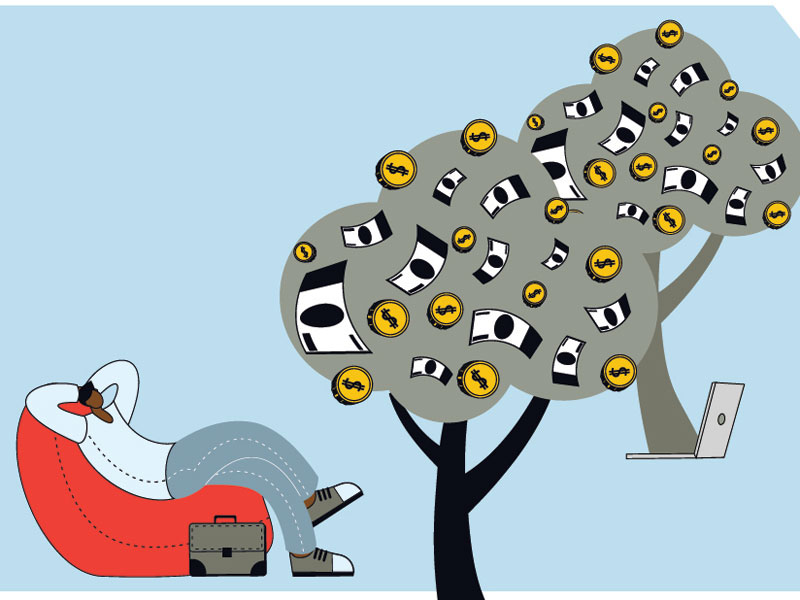
This article appears in the 2023 ETF Guide issue of Investment Executive. Subscribe to the print edition, read the digital edition or read the articles online.
Ludmila Paciora
Investment advisor, The Waterfront Group, Wellington-Altus Private Wealth Inc., Burlington, Ont.
Passive ETFs can be well suited for high-rate environments, especially when accompanied by active management. Just like any other investment, factors such as investment strategy, underlying assets, risk tolerance and investment objectives hold significant importance when considering passive ETFs.
While specific caution is necessary, with the potential impact of interest rates on bonds [and] the effect of increased borrowing costs for companies leading to potential declines in corporate profits, these ETFs offer attractive cost benefits. The liquidity and the flexibility are certainly positive as well. Also, in these times when the ETF offering is varied, investors can structure their portfolios to address their specific needs.
In our investment management group we have effectively harnessed passive ETFs to achieve precisely this objective — striving for appealing returns for our clients while simultaneously mitigating portfolio risk through strategic diversification and active asset management strategies.
Chris Stooksbury
Senior portfolio manager and financial advisor, Beacon Hill Wealth Management, Raymond James Ltd., Victoria
In my opinion, the term “passive” is unfairly stigmatized when it comes to ETFs and index funds. ETFs are simply a structure or a wrap, and I believe they perform well in any interest-rate environment, be it high or low. The tax-efficient nature of ETFs, particularly in the U.S. and Canada, where capital gains are not heavily passed through to investors, adds significant value in any rate scenario.
In a rising rate environment, I find that constructing layered or laddered bond portfolios based on duration or credit-quality mandates can provide valuable diversification in a cost-effective manner. When considering alternatives to ETFs for fixed-income mandates, the liquidity investors would receive from owning individual bonds tends to be quite poor.
Also in a high-rate environment, especially with an inverted yield curve, I have observed many investors lean toward laddering out their bond portfolios to maintain a duration of around three to five years. There seems to be limited demand for long-duration fixed income in such conditions. Overall, I remain convinced that ETFs are well suited to navigating various interest-rate environments effectively.
Alfred Lee
Portfolio manager and investment strategist, BMO Global Asset Management, Toronto
In my opinion, yes: passive ETFs are suited to a high interest-rate environment.
The current landscape presents a more favourable setting for active strategies compared to the past decade. However, traditional indexing remains a robust and reliable option. Surprisingly, even in this high-interest-rate scenario, traditional market cap-weighted indexes have performed well, largely driven by the success of tech giants. These companies have allowed passive indexing to withstand the challenges.
That said, other strategies can thrive in a higher-rate environment as well. Factor-based ETFs, for example, have shown promising performance year-to-date.
While higher interest rates may open opportunities for active managers to add value, traditional passive indexing can still hold its own. The market has changed, and we might see a shift in focus from macroeconomics to company earnings, which could favour active strategies. Companies with lower debt levels might fare better than those carrying more debt in such an environment.
In essence, both passive and active strategies have their strengths in the current environment. While active managers may have better opportunities, traditional indexing has a proven track record of delivering strong performance over the long haul, even in challenging times.


